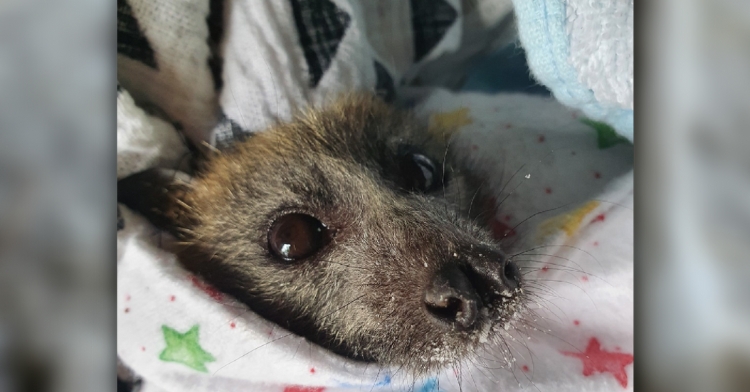Flying foxes are fascinating and adorable mammals that inhabit various parts of the world. Like all bats, these creatures are often misunderstood and underappreciated. However, flying foxes have a number of incredible characteristics that make them truly unique. In this article, we will explore the top three coolest facts you probably didn’t know about flying foxes.
Videos by InspireMore
Brace yourself for an awe-inspiring journey into the world of these cute, nocturnal creatures!
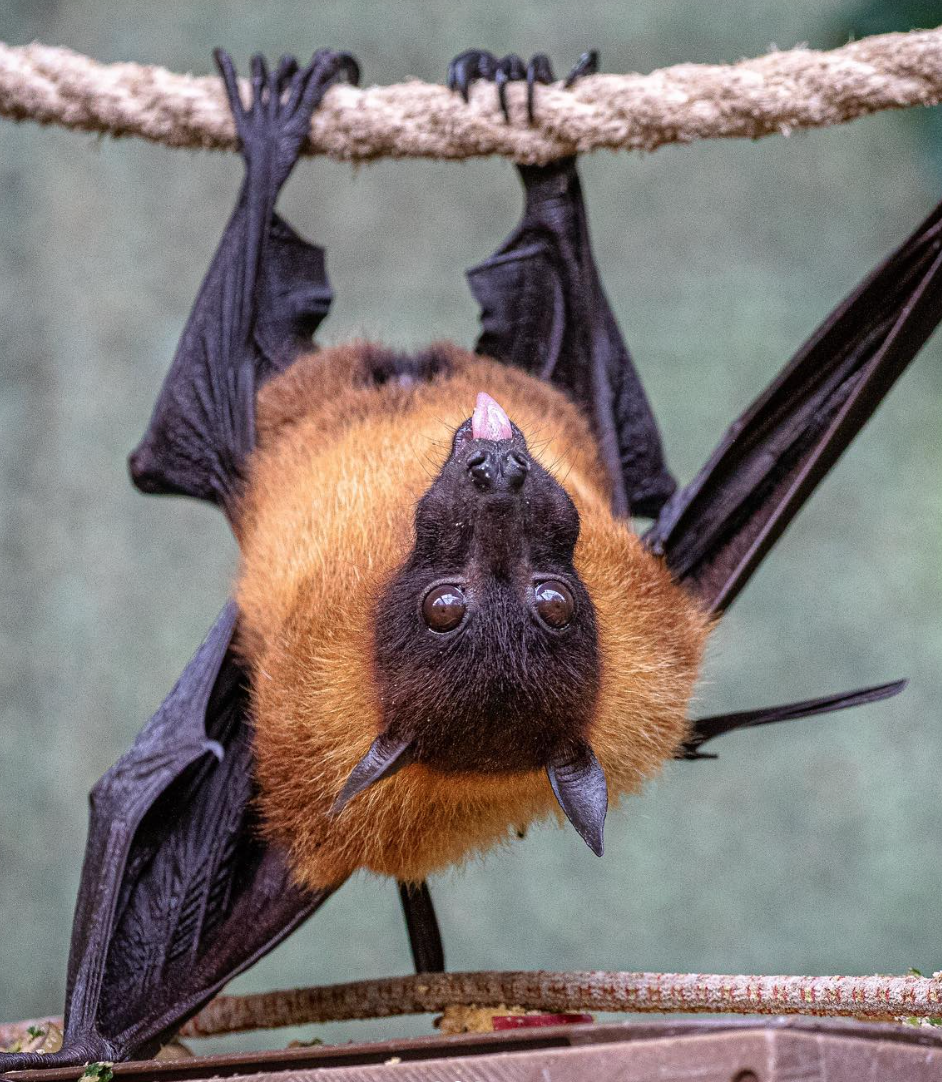
1. There Are Tons Of Different Kinds Of Flying Foxes.
If you’ve heard of flying foxes before, you’re probably picturing a single animal right now. That’s why this is one of our favorite flying fox facts! Flying foxes come in a wide array of species, each with its own distinct features and habitats. In fact, there are over 60 different species of flying foxes worldwide! These species can be found in various regions, including Asia, Africa, Australia, and the Pacific Islands.
Despite their abundance, several flying fox species face threats to their survival, such as habitat loss and hunting. Raising awareness about these amazing creatures can help in their conservation efforts, ensuring that future generations can witness the beauty and diversity of flying foxes.
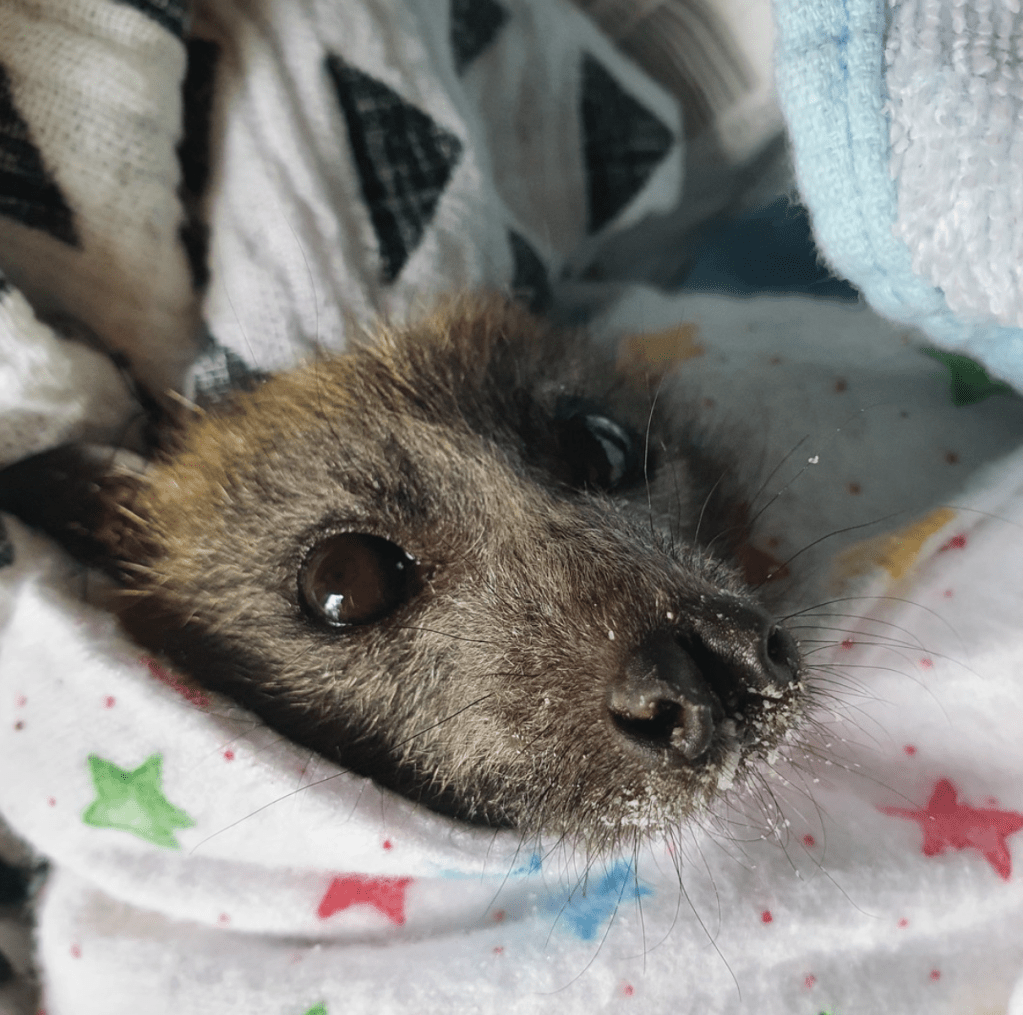
2. The Flying Fox Is The Largest Bat In The World.
When it comes to size, the flying fox takes the crown as the largest bat species in the world. Among them, the Malayan flying fox (Pteropus vampyrus) stands out as a true giant. With an impressive wingspan of up to five feet, these bats are impressively large.
These gentle giants primarily inhabit the rainforests of Southeast Asia. Their dark fur and fox-like faces give them a unique and captivating appearance. Despite their intimidating size, Malayan flying foxes primarily feed on nectar, fruits, and flowers.
Which brings us to our next flying fox fun fact…
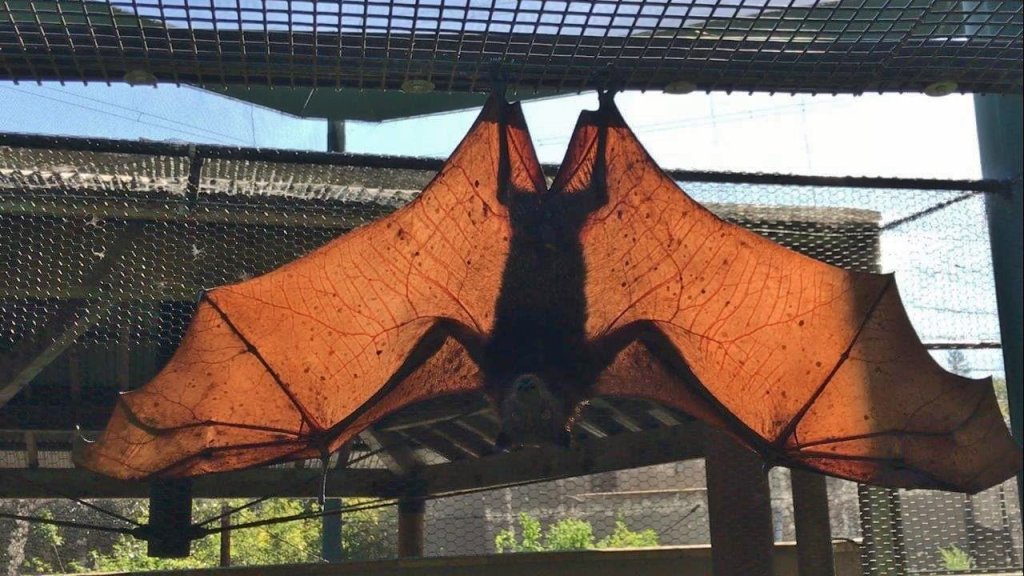
3. Flying Foxes Are Good For The Ecosystem.
Flying foxes play a crucial role in maintaining the health of their forest ecosystems. As pollinators, these bats play a significant part in the reproduction and survival of many plant species.
When flying foxes feed on nectar and fruits, they inadvertently carry pollen from one flower to another, aiding in cross-pollination. This process is vital for the production of fruits, seeds, and new plant growth. Without the assistance of these furry pollinators, the diversity and abundance of various plant species would decline significantly.
One example of the flying fox’s pollination role is their relationship with the durian tree. The durian, well known for its pungent odor, relies primarily on flying foxes for their pollination.
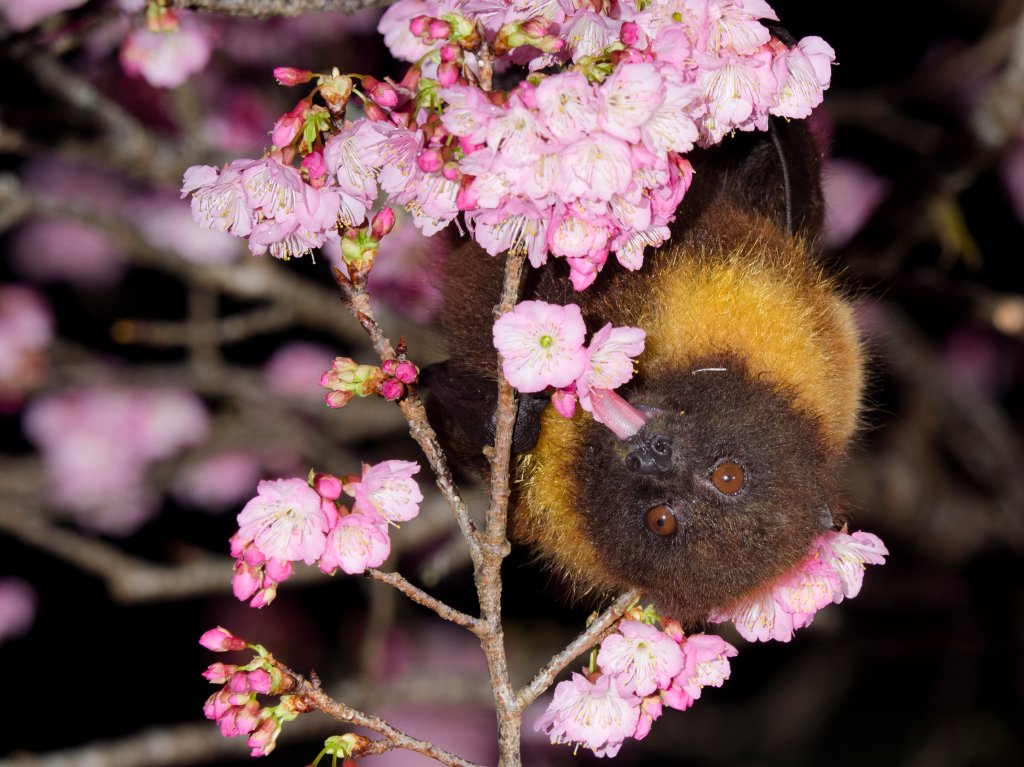
Flying foxes are incredible creatures that deserve our attention and admiration. Not only do these animals captivate us with their size and appearance, but their ecological role is incredibly important for the health of the forest habitats they call home.
These fascinating and adorable creatures serve as a wonderful reminder that every animal has its place in the food web, and that we have to protect and conserve these natural habitats and the animals within them for future generations!
You can find the source of this story’s featured image here.
Want to be happier in just 5 minutes a day? Sign up for Morning Smile and join over 455,000+ people who start each day with good news.


